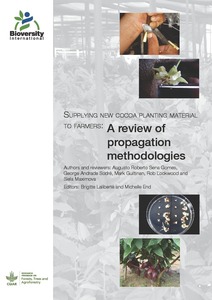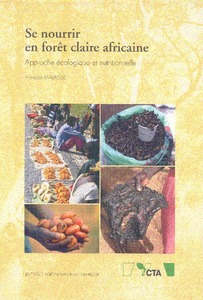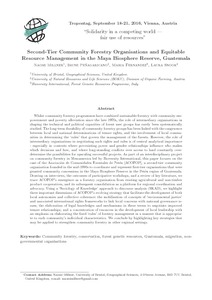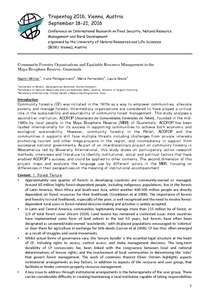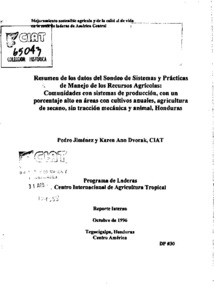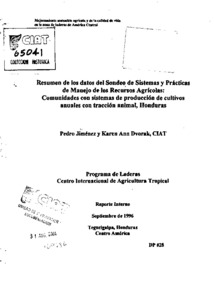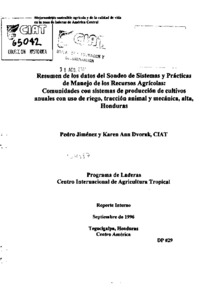ciencias forestales
AGROVOC URI:
Supplying new cocoa planting material to farmers: a review of propagation methodologies
The review, coordinated by Bioversity International, presents an impartial, evidence-based review of cacao propagation methods, to serve as a basis for the assessment and implementation of strategies for providing farmers with quality planting materials, adapted to current and future needs (cultural, institutional, technical, environmental and financial). It describes the various propagation methods available for the production and supply of large numbers of cacao plants to growers.
Supporting good traditions
Namo Chuma, of the NGO Environment Africa, explains how traditional arrangements have protected trees in Zimbabwe, and how a new piece of legislation could empower communities to protect their forests against illegal exploitation by commercial interests.
Stop, think, participate!
A co-ordinator of the Kenya Forests Working Group describes how it has been working with local forest management committees, to set up forest use agreements and educate communities in improved forest management methods.
Stopping slash-and-burn
An NGO in Zambia has volunteers living with forest communities, in order to build up trust and work together on alternatives to slash-and-burn agriculture.
Short or long term gains?
An agroforester from Zimbabwe describes how a system of ?tree tenure? encourages sustainable harvesting of indigenous fruit trees, explains ways of adding value to the fruit, and how domestication of indigenous fruit trees can take the pressure off natural forests.
Second-tier community forestry organisations and equitable resource management in the Maya Biosphere Reserve, Guatemala
Whilst community forestry programmes have combined sustainable forestry with community empowerment and poverty alleviation since the late 1970s, the role of intermediary organisations in shaping the technical and political capacities of forest user groups has rarely been systematically studied. The long-term durability of community forestry groups has been linked with the congruence between local and national determinations of tenure rights, and the involvement of local communities in determining the ‘rules' that govern the management of the forests.
Second-tier community forestry organisations and equitable resource management in the Maya Biosphere Reserve, Guatemala
Community forestry (CF) was initiated in the 1970s as a way to empower communities, alleviate poverty and manage forests. Intermediary organisations are considered to have played a critical role in the sustainability and equitability of community forest management. This study analyses a second-tier institution, ACOFOP [Asociación de Comunidades Forestales de Petén], founded in the mid-1990s by local people in the Maya Biosphere Reserve [MBR] of Guatemala. ACOFOP has been


